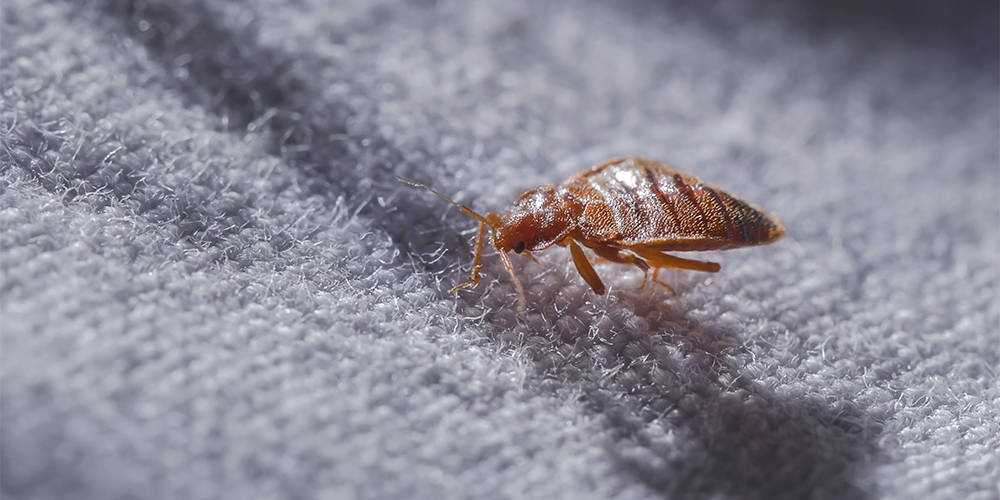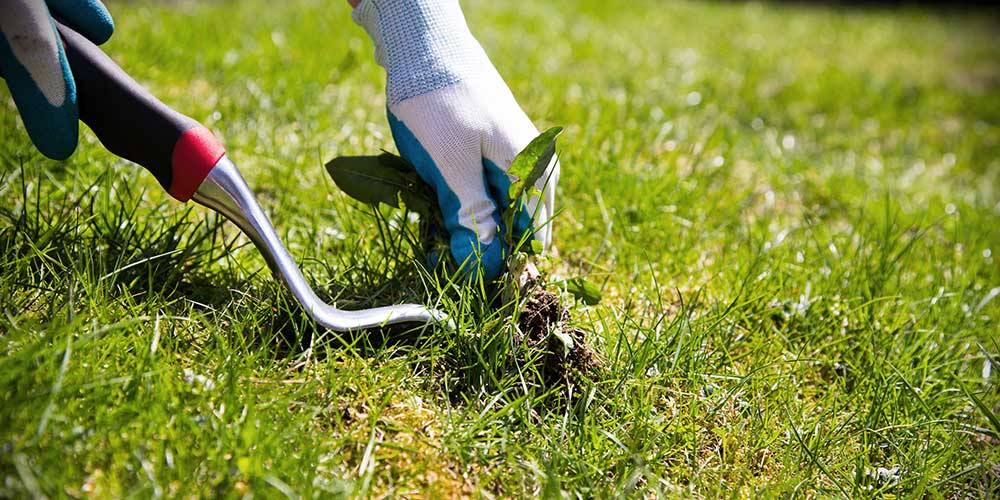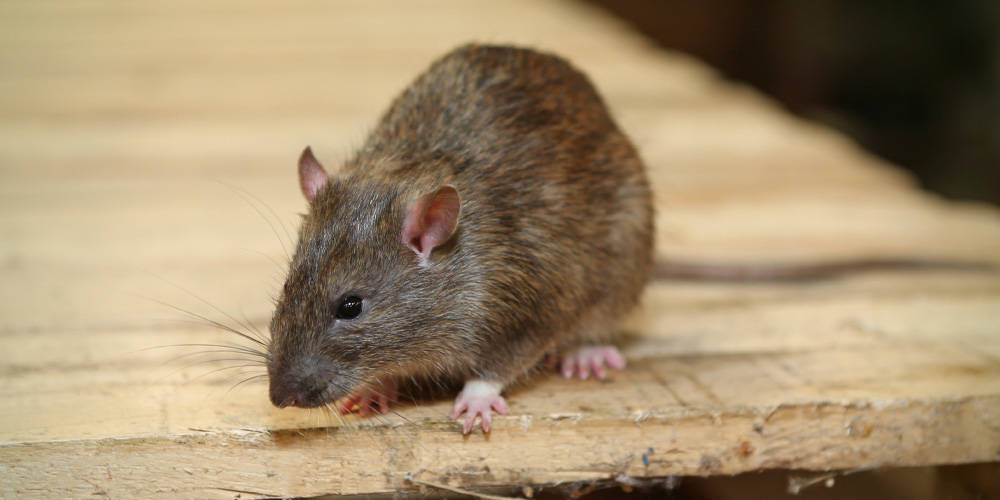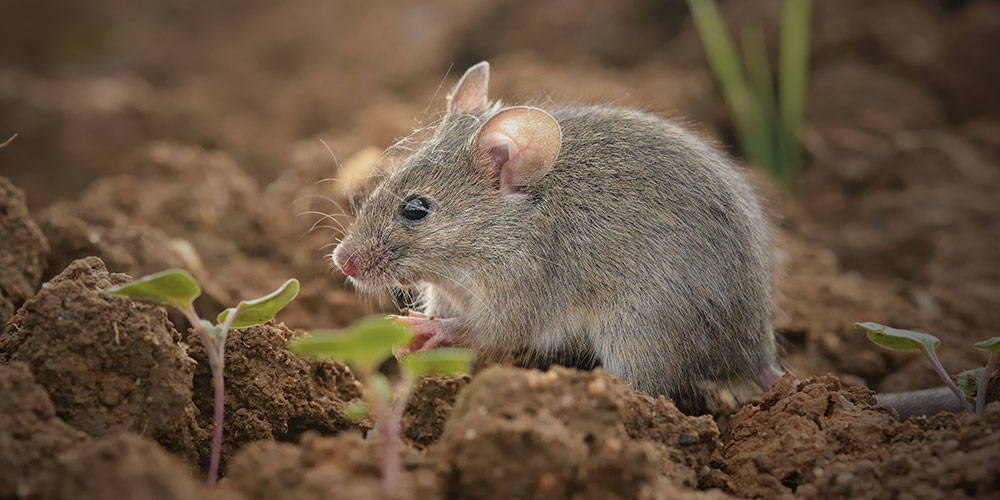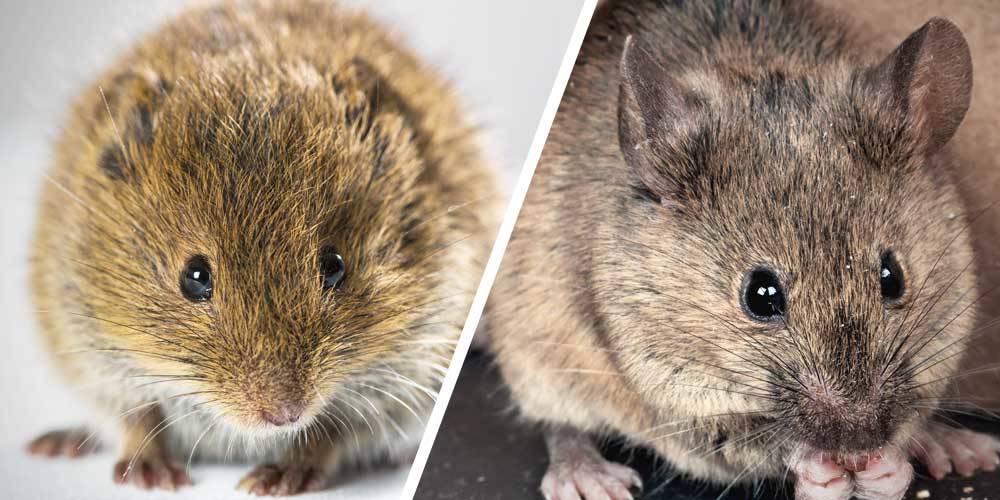Rats: can I have them at home?
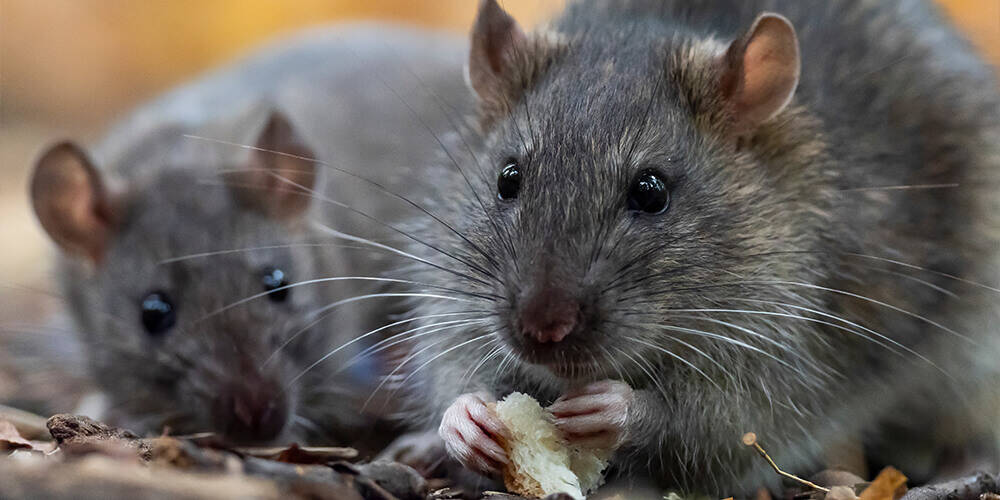
The mere mention of the word “rat” can send shivers up your spine. In Canada, there are increased reports of rat invasions, especially in the big urban areas.
Rats do not hibernate. In truth, they are quite active during the winter. They are ill-equipped for the cold of winter. If they are unable to find a warm shelter, they usually do not survive.
Because of our recent milder winters, we are starting to see that some rats can survive outdoors in the winter in cities like Toronto and Vancouver.
Where do rats live?
Rats also live in suburban and rural areas… not only in old cities!
Rats in urban areas
Rats in urban areas have high population densities with homes and businesses close together.
Rats have easy access to food, water and shelter. These areas often have older buildings with cracks, holes and other entry points that give rats an easy access to get inside. In the alleys and in the streets, there can be high levels of public waste that will provide rats with a continuous source of food. Sometimes, major construction and infrastructure projects being performed in a city will uproot them from their current shelters and cause them to scatter, looking for new places.
Rats in suburban areas
Rats are often near parks, woods and other natural areas where rats might be living. That makes these accessible homes attractive for rats seeking a warm shelter for the winter. And they do move from there. Suburban homes may have features that attract rats, such as bird feeders, compost piles, leftover food scraps from BBQs and vegetable gardens. Once on your property, your home will be appealing to them for the winter. Garages are a source of shelter and food, especially if pet or bird food is stored there. Garages are often left open and could have cluttered spots that are not frequently disturbed and that provide a good hiding spot.
Rats in rural regions
Rural areas present a good deal of opportunities for rats with their crops, grain storage and livestock feed being easily available. Rural homes that are surrounded with fields, woods and other natural refuge become a draw for rats, with their barns, sheds and houses. Every fall, there is an influx of rat migration to these buildings.
What time of the year do rats enter homes?
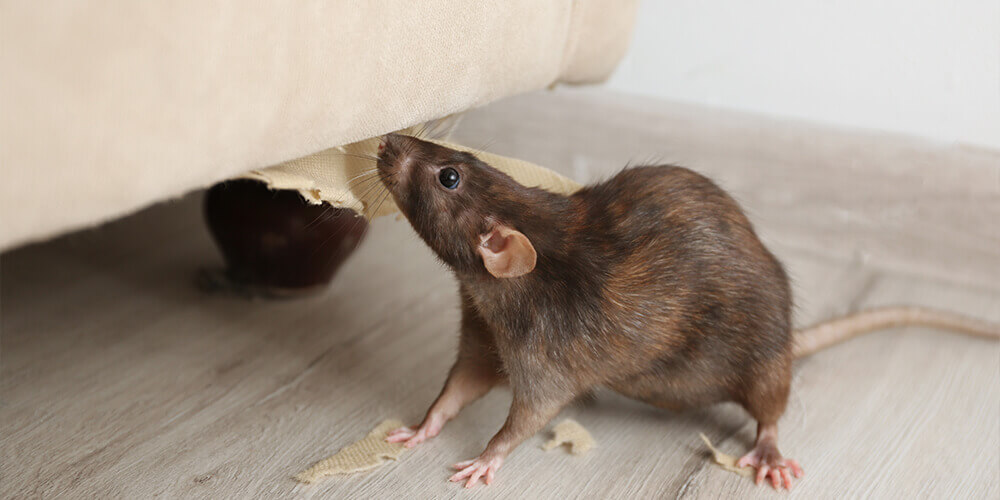
Fall and winter are the seasons when you will see the most rat activity. The colder temperatures cause them to search for warm places to nest. Their outdoor food sources are dwindling, so your home is much more attractive with its readily available sources of food.
For most rats, spring is the time of year that starts their breeding season, and you might see a new batch of rats that are looking for a nice quiet spot in your house to raise their young.
You usually do not see an influx of rats during the summer months because of the abundance of food outdoors and the warmer weather.
What kind of damage do rats cause?
Once inside your house, rats will dig and gnaw extensive tunnel systems to encompass nesting and food storage spaces. These tunnels become their route to and from their food sources. In doing so, their digging and gnawing processes can cause serious damage to insulation, structural wood and electrical wires. And you need to consider that these animals can carry bacteria and disease that will contaminate food and animal feed.
How do I know if I have rats?
Rats are nocturnal animals that only become active when it’s dark. It’s entirely possible that you never see them, but you can hear them in the walls at night.
Look for signs of activity like 10 to 20-mm-sized droppings around food and garbage areas. You might find chewed food packages in the house. You may well see burrows around the yard or under your home or outbuildings, smudge marks along walls or evidence of gnawing of wood and wires.
Sometimes, you will find mouse traps snapped and the bait taken. Chances are you have rats.
Research shows that rats are one of the most social rodents, preferring to live in large groups. So, if you think that you have one in the house, think again!
What are the signs of having rats?
Remember that rats can squeeze or gnaw their way through an opening of ½ inch in diameter. They get in through:
- Outdoor cracks and holes in your foundation
- Gaps in doors and windows
- Dryer, range hood and HVAC vents
- Drainage systems
- The garage
- By climbing up trees and shrubs to the roof
What attracts rats to your house?
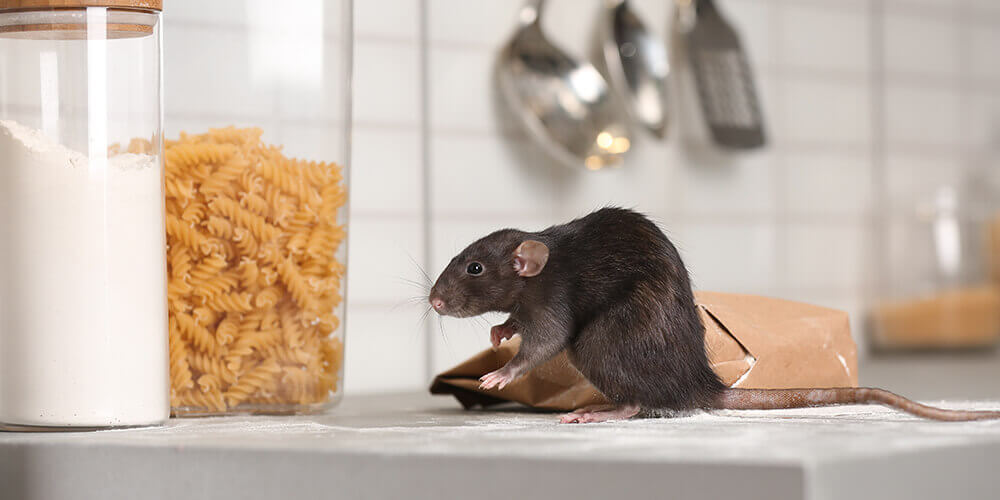
Food: Rats are opportunistic creatures. They can sense any accessible food source like garbage, compost, pet/bird food and leftover cooking and eating scraps from the patio activities.
Water: They need water to survive. They can get moisture from leaking water pipes and hoses, pet bowls, and even from condensation on your outdoor furniture.
Shelter: Any clutter around your house and outbuildings can give rats hiding spots and nesting materials. Rats build their nests in basements, garages, attics, walls and outbuildings. The warmth of your house will attract them as soon as the colder weather begins.
How to keep rats away from your house?
- Carefully inspect the outside of your building, looking for cracks, holes and gaps. Seal up any of these potential entry points with caulking. Check and replace door sweeps of the outside doors. Make sure the door seals are still tight. Repair any torn screens. Inspect all vents and install steel mesh over the outlets if necessary.
- Trim any tree and shrub branches that are close to the house. Rats are good climbers and jumpers and can access your house through soffits and fascias. Cut tall grass and weeds from the house foundation.
- Store pet and bird food in sealed containers. Keep all your rubbish in proper garbage pails with tight-fitting lids.
- De-clutter any areas in the garage, basement, attic and around the outside of your house. A clean house is less inviting to rats. Keep firewood piles away from the house, as these serve as a shelter for rats.
- Eliminate water sources, such as leaky pipes and hoses, unattended pet water bowls, bird baths and open drains.
- Keep your kitchen clean. Remove kitchen trash before containers are overflowing, empty compost buckets regularly. In the fall, do a thorough cleaning under sinks, behind appliances, in pantries, etc.
- Store dry foods, such as flour, oatmeal, pancake mix, etc., that come in from the store in paper or cardboard packages into sealed glass, metal or plastic containers.
How do I get rid of rats in my house?
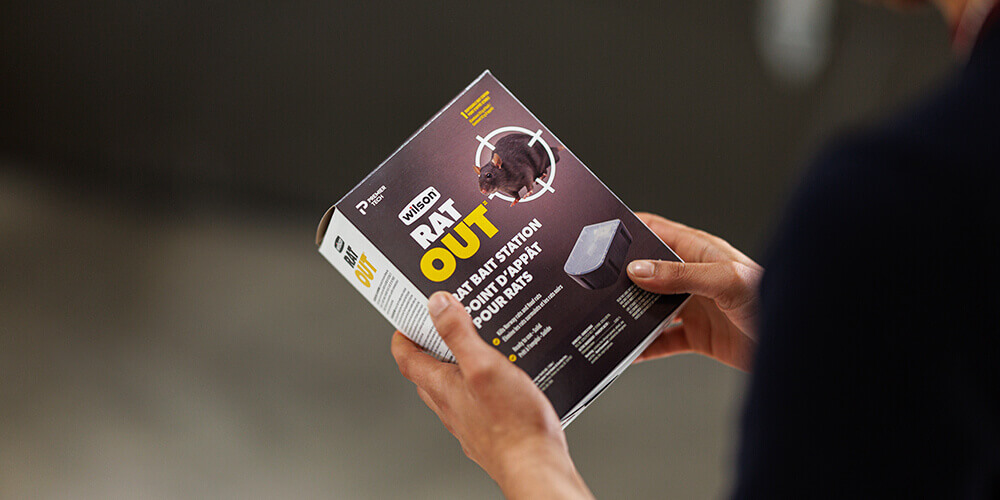
Instant kill rat traps
They are effective in eliminating these pests. Set the uncovered snap traps perpendicular to the wall where you think the rats are travelling, with the bait closest to the wall.
Covered traps should be placed parallel to the wall. It is suggested that you bait the trap without setting the snap part, so that the rats get accustomed to picking bait out. If the rats are eating the bait, then on the 3rd day or so, you can set them to kill. Other traps are electric and are meant to electrocute the rat instantly. Either type is considered humane since both will kill immediately.
Use peanut butter, bacon grease mixed with some cereal, canned tuna, cheese, marshmallows, hot-dog pieces, etc. If you are using a solid bait instead of a pasty one, you’ll need to make sure that it is tied to the trap.
If you do catch a rat, wear gloves to release it and dispose of it by burying it or by placing it into a Ziplock bag and putting it in the garbage. Reset the traps to make sure you continue to hunt the remaining family. Remember, there is rarely just one in the house!
Live traps
Live traps are available, but you are left with the problem of disposal. In some communities, there are by-laws about not releasing live animals. Releasing the rat just outside your house will only see it coming back. Live trapping is not the best solution.
Ultrasonic devices
Ultrasonic devices suitable for rats give off sound waves or vibrations that are irritating to them. They are a good deterrent, but sometimes the rodents get accustomed to the sound waves and learn to tolerate them. Placing the ultrasonic device close to where you think the rats might enter your house is often enough to discourage their entry in the first place, and they go looking for another shelter.
Poisoned bait stations
They are a common way of rat control. The bait station needs to be placed away from accessible areas to pets and children. The issue that comes to mind is that the rat usually dies within your house, and you have the smell of the carcass to contend with. But certainly, they do work in eliminating the family of rats inside the house.
Call in the pros is what you must do if the problem is unmanageable by yourself.
To have a rat-free home, you need to understand what attracts them. You must be proactive in keeping them out. Just seal your house, manage food waste and keep a clutter-free environment.

